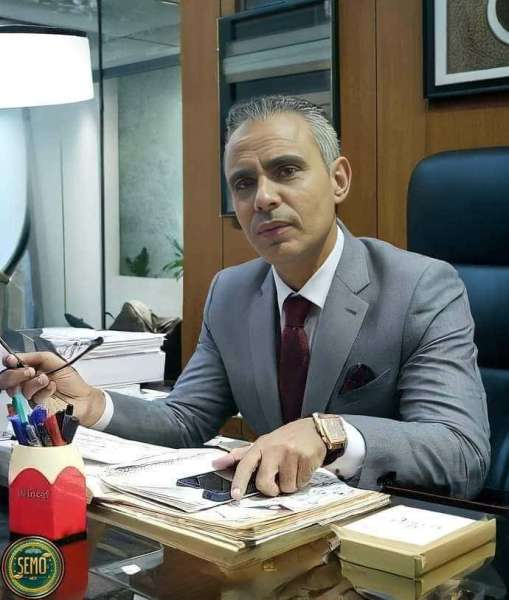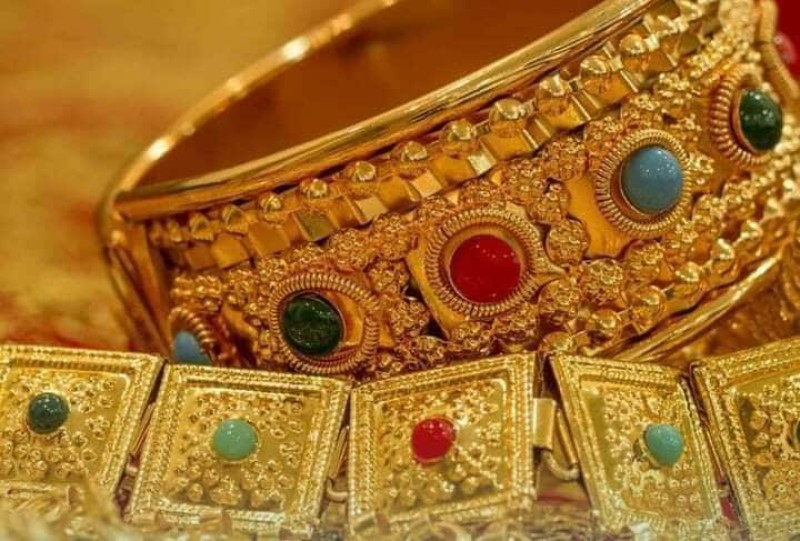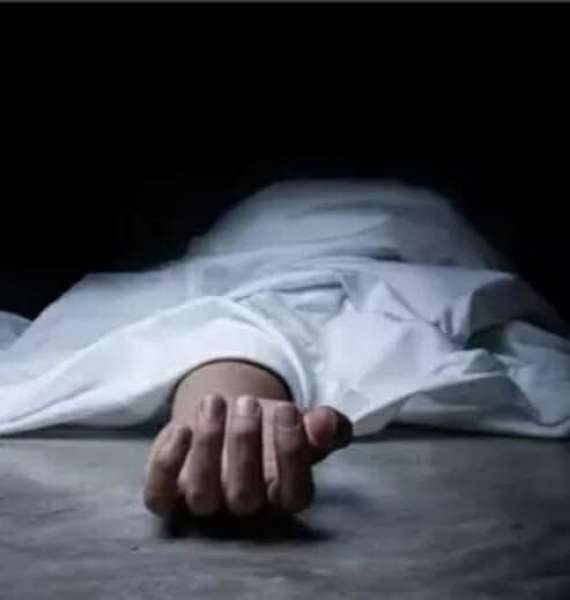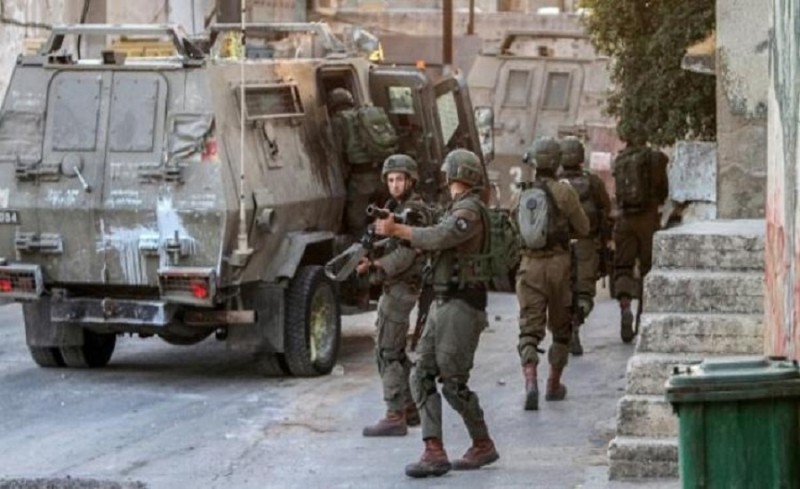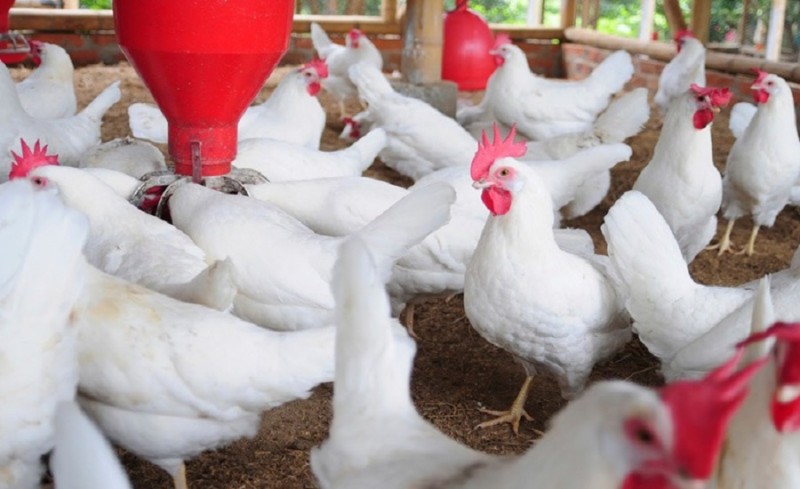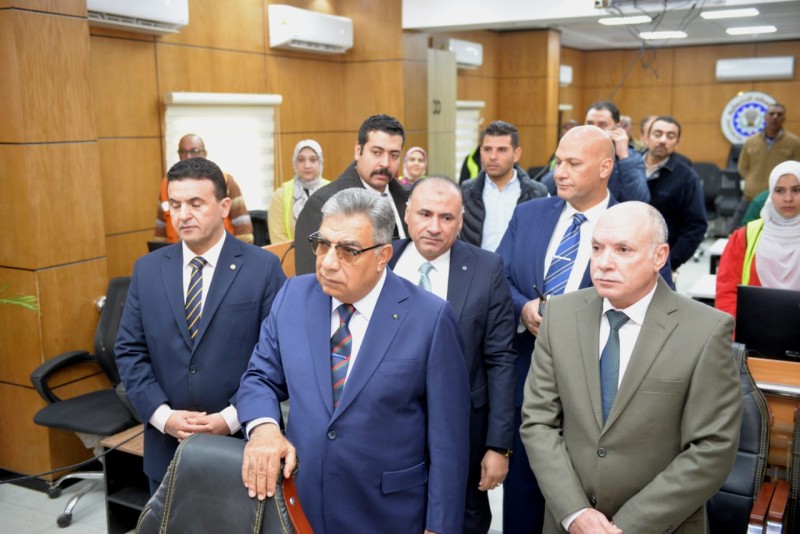Mosque and Sabil Suleiman Agha Silahdar is a witness to the era of Muhammad Ali
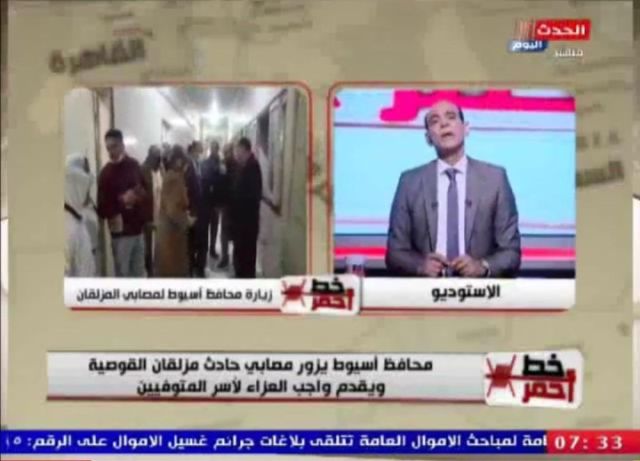
فى عام ١٢٥٥ من الهجرة، الموافق ١٨٣٩ من الميلاد، بني مسجد وكتاب وسبيل سليمان أغا السلحدار، كان ذلك في عهد محمد علي باشا.
أما موقع الآثر ففى بداية حارة برجوان، بشارع أمير الجيوش.. بإمتداد شارع النحاسين من ميدان باب الشعرية.
ويتكون المبنى من، مسجد لإقامة الشعائر الدينية، وسبيل لسقى المارة و كتاب لتعليم أيتام المسلمين . أمر ببنائه الأمير سليمان أغا السلحدار وألحق به سبيلاً، استغرق البناء سنتين (1253-1255هـ=1837-1839م). والجامع، الذي يقع حالياً في شارع المعز لدين الله، معلق تحته مدرسة وحوانيت تجاريّة يُصرف ريعها على إقامة الشعائر بالجامع وصيانته.
شيده الأمير سليمان أغا السلحدار بيك سابقاً ابن فيضي الله اسكي كويلي، وأصله من قرية تسمي جار من قري قوالة، وتربي في بيت محمد علي بقولة، وجاء إلي مصر كجندي ضمن العسكر الذين جاءوا مع محمد على في زمن الحملة الفرنسية على مصر 1213- 1216 هـ / 1798ـ 1801م لمحاربة الفرنسيين وإجلائهم عنها.
لعب دوراً هاماً في الحياة السياسية بمصر فى عهد محمد على باشا فقد كان واحداً من أربعة أشخاص دبروا لمذبحة القلعة مع محمد على، وتوفى في 15 ذو القعدة 1261 هـ / 15 نوفمبر 1845 م، كما هو مكتوب على شاهد قبره بمقصورة الدفن التي أعدها لنفسه و لأسرته في "قرافة" المجاورين.
يعد مسجد سليمان أغا السلحدار، من أهم المساجد التي شيدت في عصر محمد علي في مصر، وذلك عام (1255هجرية / 1839م).
يضم المسجد سبيل وكتّاب، يقع عند بداية حارة برجوان بشارع أمير الجيوش (المعز لدين الله)، وفي امتداد شارع النحاسين من ميدان باب الشعرية.
, يتكون المبنى من مسجد لإقامة الشعائر الدينية، وسبيل لسقى المارة و كتاب لتعليم أيتام المسلمين . أمر ببنائه الأمير سليمان أغا السلحدار وألحق به سبيلاً، استغرق البناء سنتين (1253-1255هـ=1837-1839م). والجامع، الذي يقع حالياً في شارع المعز لدين الله، معلق تحته مدرسة وحوانيت تجاريّة يُصرف ريعها على إقامة الشعائر بالجامع وصيانته.
شيد هذا الأثر الأمير سليمان أغا سلحدار بيك سابقاً ابن المرحوم فيضي الله اسكي كويلي، وأصله من قرية تسمي جار من قري قوالة، وتربي في بيت محمد علي بقولة، وجاء إلي مصر كجندي ضمن العسكر الذين جاءوا مع محمد على في زمن الحملة الفرنسية على مصر 1213- 1216 هـ / 1798ـ 1801م لمحاربة الفرنسيين وإجلائهم عنها.
لعب دوراً هاماً في الحياة السياسية بمصر فى عهد محمد على باشا فقد كان واحداً من أربعة أشخاص دبروا لمذبحة القلعة مع محمد على، وتوفى في 15 ذو القعدة 1261 هـ / 15 نوفمبر 1845 م، كما هو مكتوب على شاهد قبره بمقصورة الدفن التي أعدها لنفسه و لأسرته في "قرافة" المجاورين
والجامع، الذي يقع حالياً في شارع المعز لدين الله، معلق تحته مدرسة وحوانيت تجاريّة يُصرف ريعها على إقامة الشعائر بالجامع وصيانته.
للأثر ثلاث واجهات، الرئيسية توجد بالجهة الجنوبية الشرقية وتطل على شارع المعز لدين الله وطولها 53x40م، وارتفاعها 8.50م، تضم واجهة المسجد والكتاب والسبيل.
باب الدخول الرئيسي مستطيل اتساعه 1.60 × 2.40 م، ويحيط بفتحة الباب إطاران متداخلان كل منهما على شكل نصف دائرة.
يعلو الباب لوحة تأسيسية من الرخام الأبيض مثبتة داخل إطار من الخشب تحتوى على كتابات مذهبة باللغة التركية، ويعلو الباب شباك مستطيل عليه مصبعات حديدية، ويوجد على يسار المدخل حانوت كان في الأصل ثلاثة حوانيت، ويعلو ذلك أربعة شبابيك للمصلى.
n 1255 AH, corresponding to 1839 AD, a mosque, a book, and the Sabil of Suleiman Aga Silahdar were built, and that was during the reign of Muhammad Ali Pasha.
As for the Al-Athir site, it is at the beginning of the Burjwan Lane, on Amir Al-Juyish Street, along Al-Nahhasin Street from Bab Al-Sharia Square.
Rashid Museum” tells the heroics of the Egyptian people
The building consists of, a mosque for the establishment of religious rituals, a way to water passers-by and a book for the education of Muslim orphans. Prince Suleiman Agha Al Silahdar ordered to build it and attached it to Sabil, which took two years (1253-1255AH = 1837-1839 AD). And the mosque, which is currently located on Al-Muizz Li Din Allah Street, hangs beneath it a school and commercial shops, the proceeds of which are spent on the holding of rituals in the mosque and its maintenance.
It was built by Prince Suleiman Agha Al-Silahdar Bek, previously Ibn Faidhallah Eski Kweli, and his origin is from a village called Jar from the villages of Qawala, and he was raised in the house of Muhammad Ali Bogula, and he came to Egypt as a soldier among the soldiers who came with Muhammad Ali during the time of the French campaign against Egypt 1213-1216 AH / 1798-1801AD to fight the French and evacuate them.
He played an important role in political life in Egypt during the reign of Muhammad Ali Pasha, as he was one of four people who organized the massacre of the castle with Muhammad Ali, and he died on 15 Dhu al-Qi'dah 1261 AH / November 15 1845 CE, as it is written on his tombstone in the burial shrine that he prepared for himself and For his family in the neighboring "Gravel".
Home The story of the image of the Masjid and Sabil and the writers of Suleiman Agha .. El Silahdar participated in the massacre of the castle, then it was built «Waqf Allah»
Suleiman Aga El Silahdar Mosque is considered one of the most important mosques built during the era of Muhammad Ali in Egypt, in (1255 AH / 1839 AD).
The mosque includes Sabil and Kuttab, located at the beginning of Burjwan Lane on Amir al-Juish Street (al-Muizz Li Din Allah), and at the extension of al-Nahasin Street from Bab al-Sharia Square.
The monument consists of a mosque to hold religious rituals, a fountain for watering passers-by, and a book to teach Muslim orphans. Prince Suleiman Agha Al Silahdar ordered to build it and attached it to Sabil, which took two years (1253-1255AH = 1837-1839 AD). The mosque, which is currently located on Al-Muizz Li Din Allah Street, hangs beneath it a school and commercial shops, the proceeds of which are spent on the holding of rituals in the mosque and its maintenance.
This monument was built by Prince Suleiman Agha Selahdar Bek, formerly son of the late Faydi Allah, Eski Kweli, and he was from a village called Jar, from the villages of Qawala, and he was raised in the house of Muhammad Ali Baqula, and he came to Egypt as a soldier among the soldiers who came with Muhammad Ali during the time of the French campaign against Egypt 1213 - 1216 AH / 1798-1801AD to fight the French and evacuate them.
He played an important role in political life in Egypt during the reign of Muhammad Ali Pasha, as he was one of four people who organized the massacre of the castle with Muhammad Ali, and he died on 15 Dhu al-Qi'dah 1261 AH / November 15 1845 CE, as it is written on his tombstone in the burial shrine that he prepared for himself and For his family in the neighboring "Gravel".
The mosque, which is currently located on Al-Muizz Li Din Allah Street, hangs beneath it a school and commercial shops, the proceeds of which are spent on the holding of ritual













